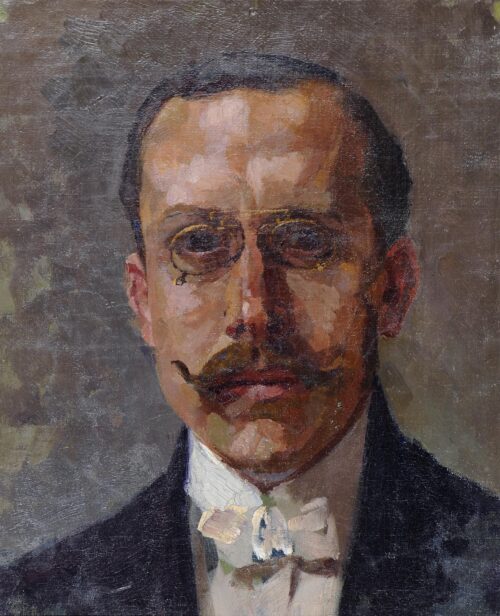
Savvidis Symeon (1859 - 1927)
Portrait of the Painter Georgios Roilos
He got his general education at the Commercial School of Chalki and in 1878 came to Athens where, for two years, he attended classes at the Architectural School of the National Technical School. In 1880, with the financial assistance of the Greek Stephanos Zafeiropoulos, he went to Munich and enrolled in the Academy. For seven years he studied painting with professors Julius Benczur, Ludwig von Lofftz, Wilhelm von Diez and Nikolaos Gyzis, who also became a close friend.
He remained in the Bavarian capital until 1925, at the same time taking trips to Constantinople, Tokat, Samsun and Athens. During this period he maintained his own studio, became a member of the Kunstverein Luitpoldgruppe and developed a wealth of artistic activities, participating in exhibitions at the Glaspalast, as well as the international exhibitions of Munich (1901), Berlin, Leipzig, Hamburg, Vienna, Paris (1900) and London (1895) where he won the silver medal. He also took part in the Artistic Exhibition of Athens in 1899 and in exhibitions at the Parnassos and Zappeion Halls, while in 1931, four years after his death, the Lyceum Club of Greek Women organized a large retrospective exhibition of his work.
By nature restless and with a variety of interests he was involved with the study of ancient monuments, with problems of a philosophical and ethical content, as well as with geology, physiology, medicine and meteorology, indeed developing a theory for weather prediction based on the colors of the dawn and sunset. These thoughts he mentions in an unpublished manuscript written in German and called, Έργα και πάρεργα (Works and Hobbies). But what he was most involved with his whole life long was the study of color and the formulation of a theory related to the warm, cool and complementary colors, which became known by word of mouth and was particularly esteemed by his contemporaries.
Scenes of everyday life and landscapes, which dominate his artistic creation, are the subjects which assist him in applying his theories related to color and light. He was also interested in still life and portraiture, while his scenes from the Middle East, which were inspired by his trips to Constantinople and Asia Minor, were in the style of the Orientalists.

Portrait of the Painter Georgios Roilos
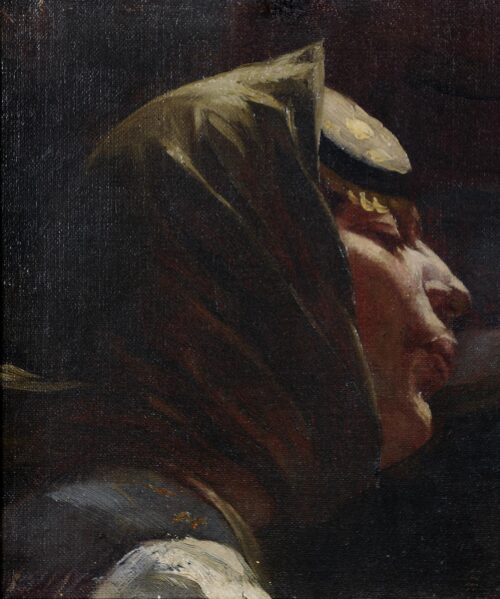
Turkish Woman, ca 1895
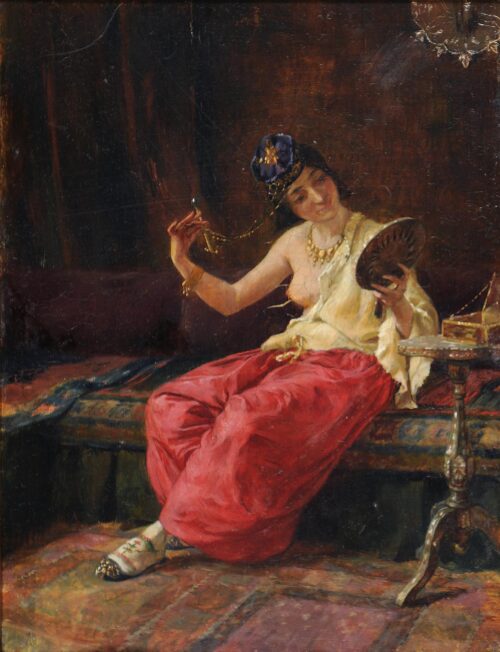
Odalisque with Mirror in Hand, 1899
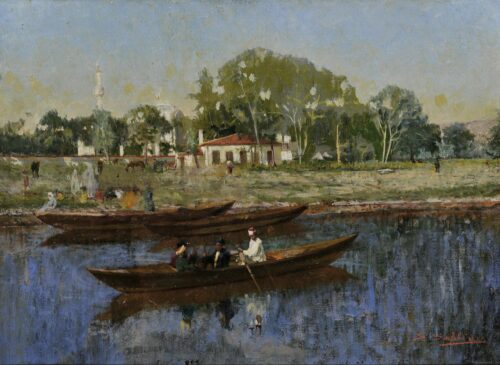
Boats in the Bosphorus, 1907
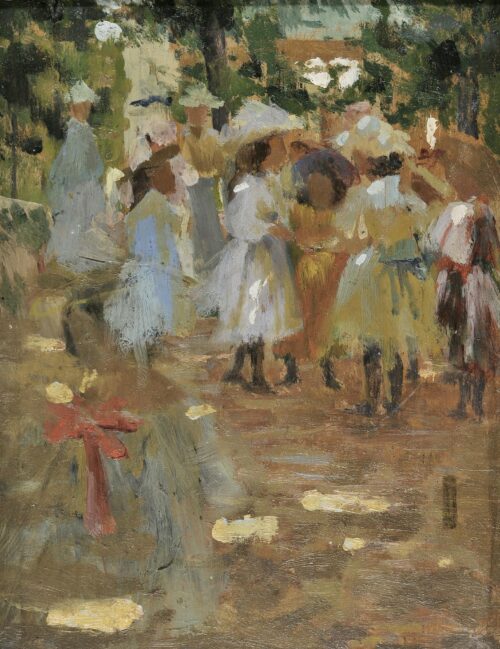
In the Palace Gardens (Study of a Bouquet of Colors)
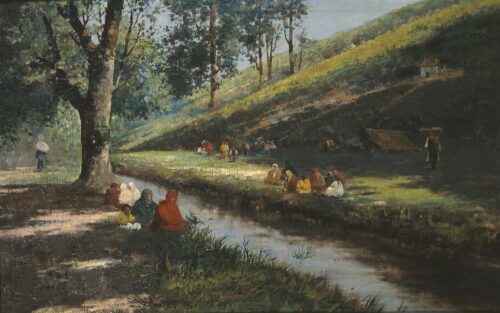
Excursion on the Bosphorus, ca. 1903-1908
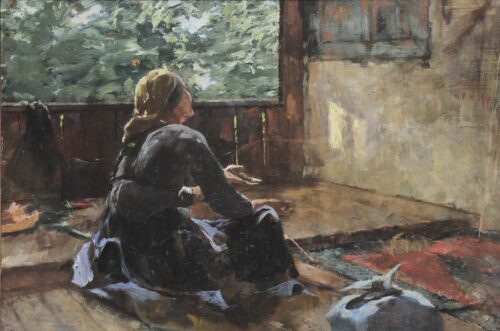
Muslim Woman Praying, 1894
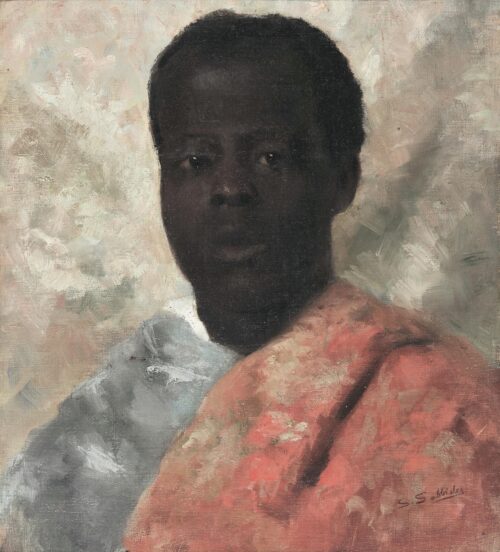
Black Man
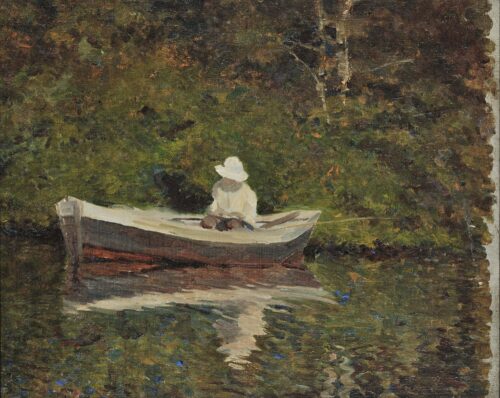
Boating on a River
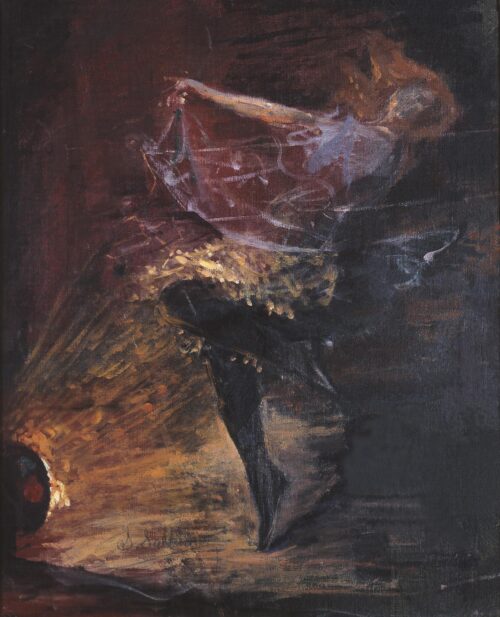
Dancer
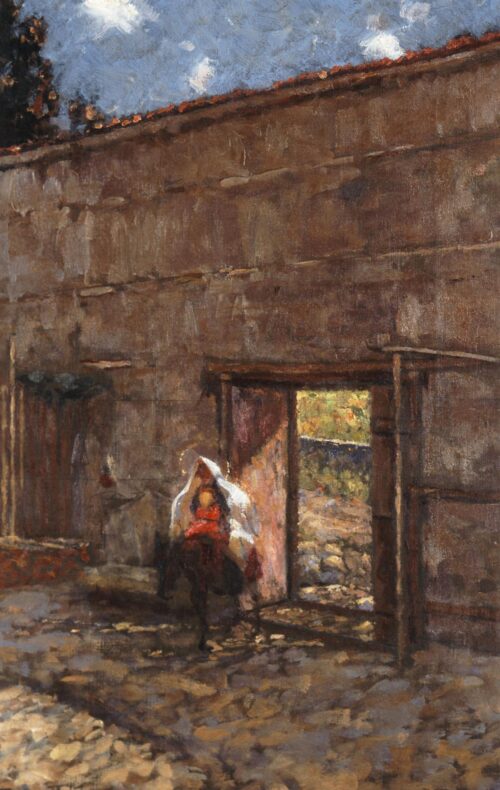
The Flight into Egypt
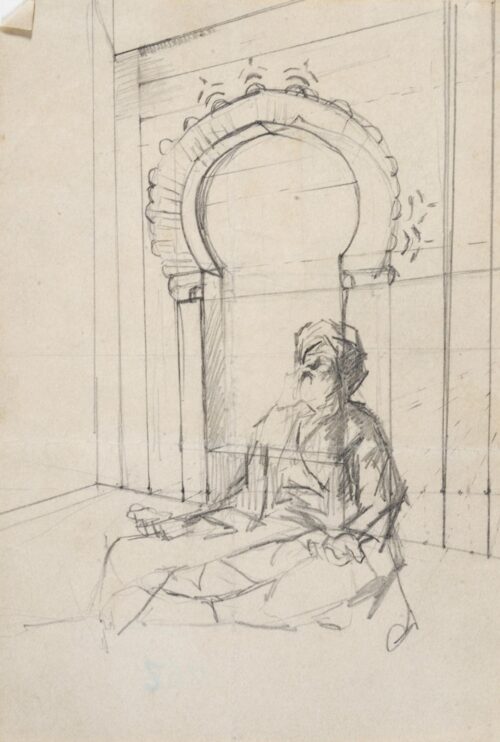
Muslim Beggar
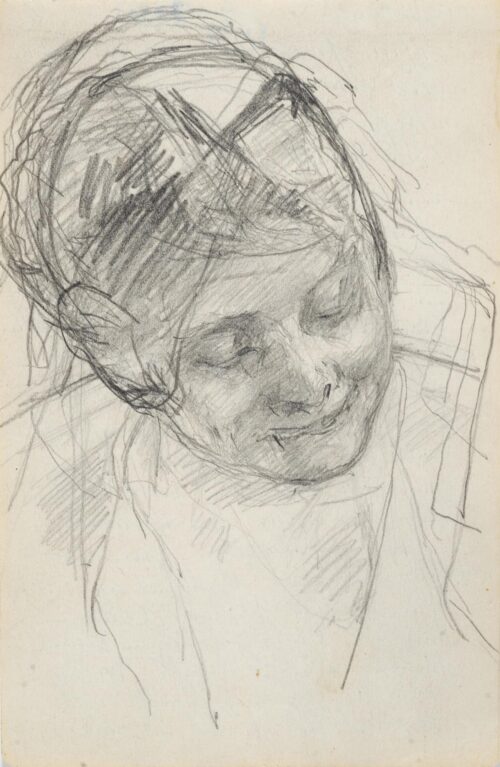
Woman’s Head
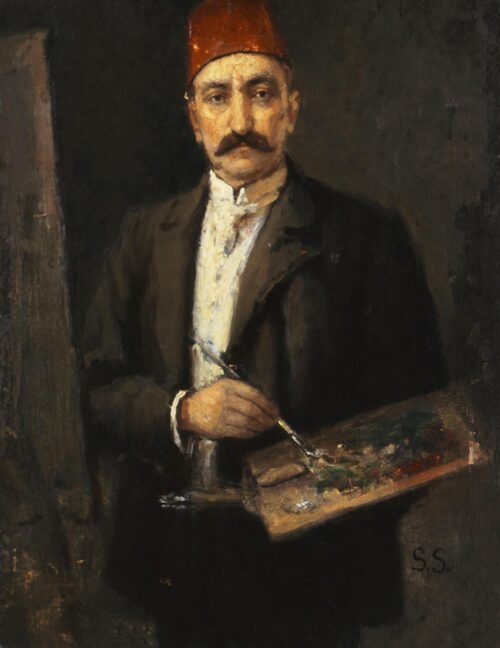
Portrait of the Turkish Painter Ali Ahmed
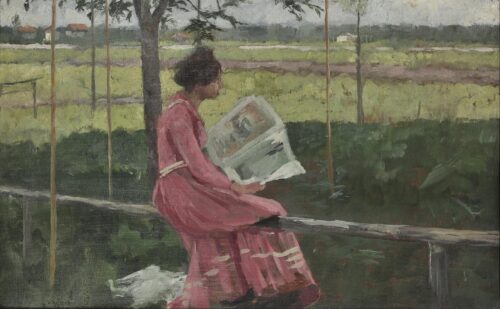
Lady in Pink
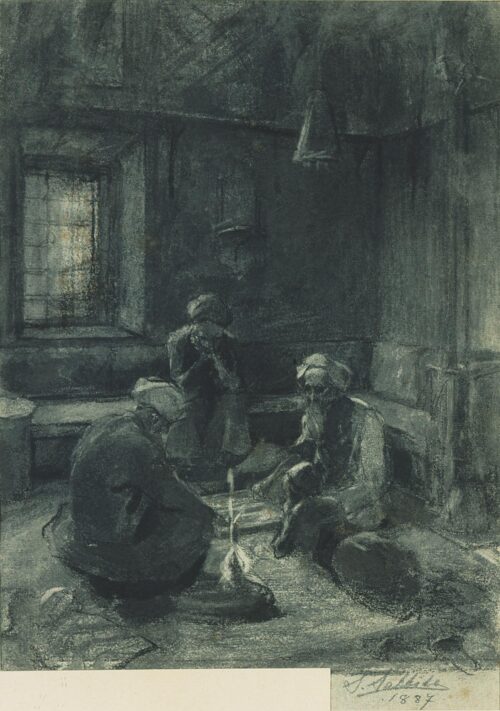
Turks Playing Backgammon, 1887
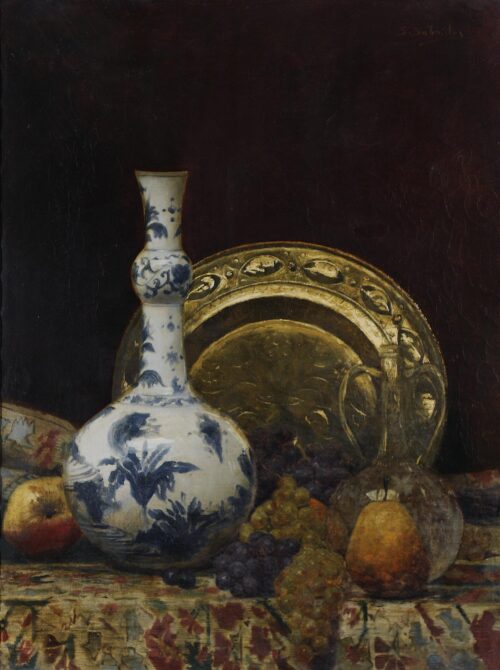
Still Life with Porcelain Vase
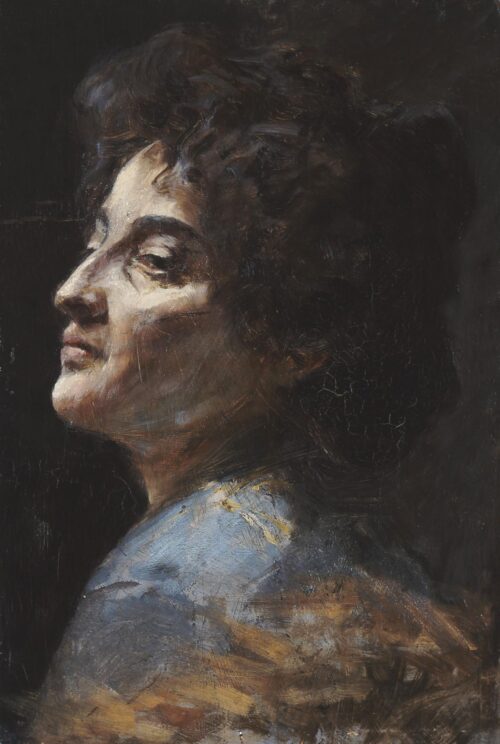
The Artist’s Girlfriend
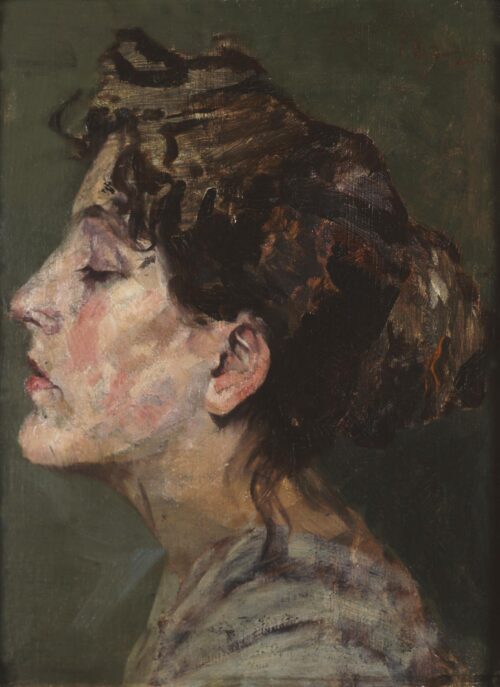
Portrait of Lady, 1892
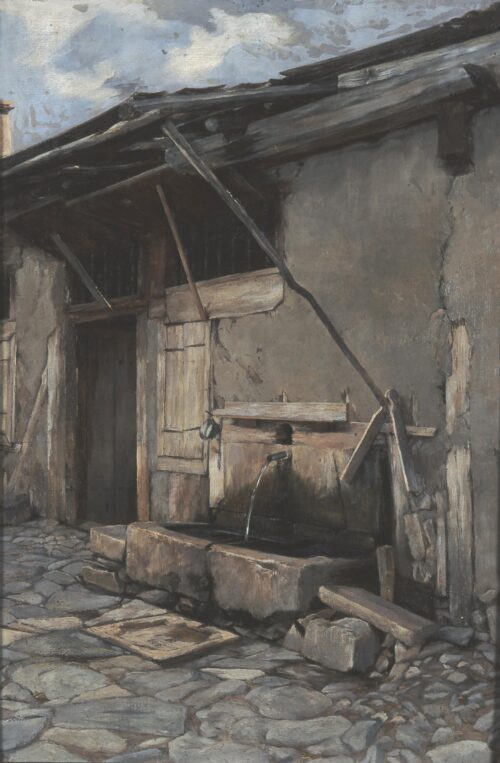
The Monastery of Koukousoi
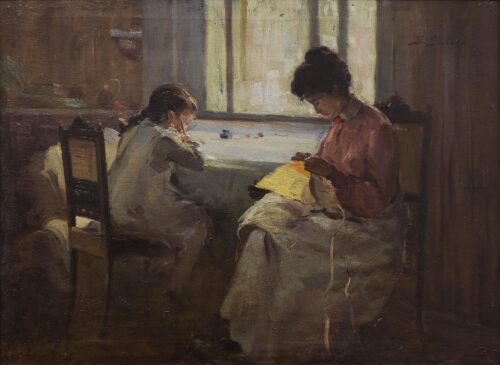
Family Scene
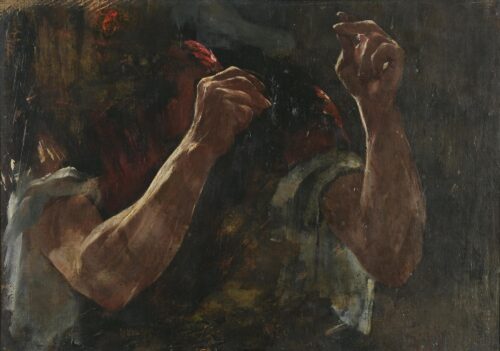
Dancer, 1888
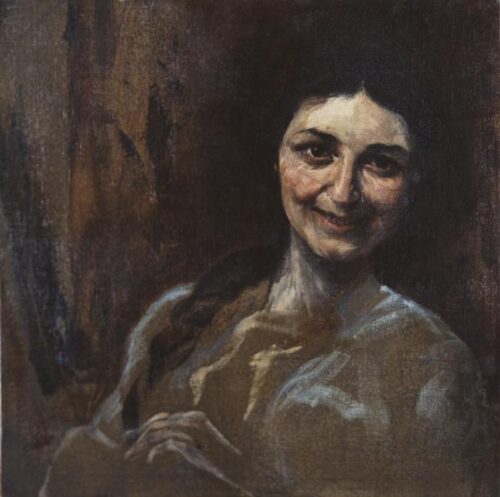
Woman from Vorarlberg
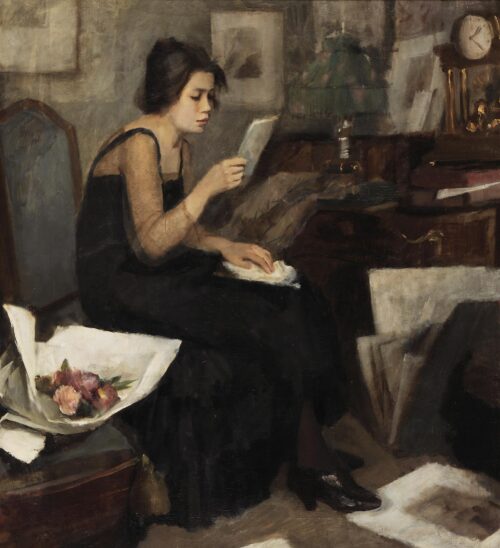
Lady Reading a Letter (Accompanying a Bouquet)

We use cookies to make our site work properly, to personalize content and ads, to provide social media features and to analyze our traffic. We also share information about how you use our site with our social media, advertising and analytics partners. Read the Cookies Policy.
These cookies are necessary for the website to function and cannot be switched off in our systems. They are usually only set in response to actions made by you which amount to a request for services, such as setting your privacy preferences, logging in or filling in forms. You can set your browser to block or alert you about these cookies, but some parts of the site will not then work. These cookies do not store any personally identifiable information.
If you disable this cookie, we will not be able to save your preferences. This means that every time you visit this website you will need to enable or disable cookies again.
These cookies tell us about how you use the site and they help us to make it better. For example these cookies count the number of visitors to our website and see how visitors move around when they are using it. This helps us to improve the way our site works, for example, by ensuring that users find what they are looking for easily. Our website uses Google Analytics for statistics reporting.
Please enable Strictly Necessary Cookies first so that we can save your preferences!